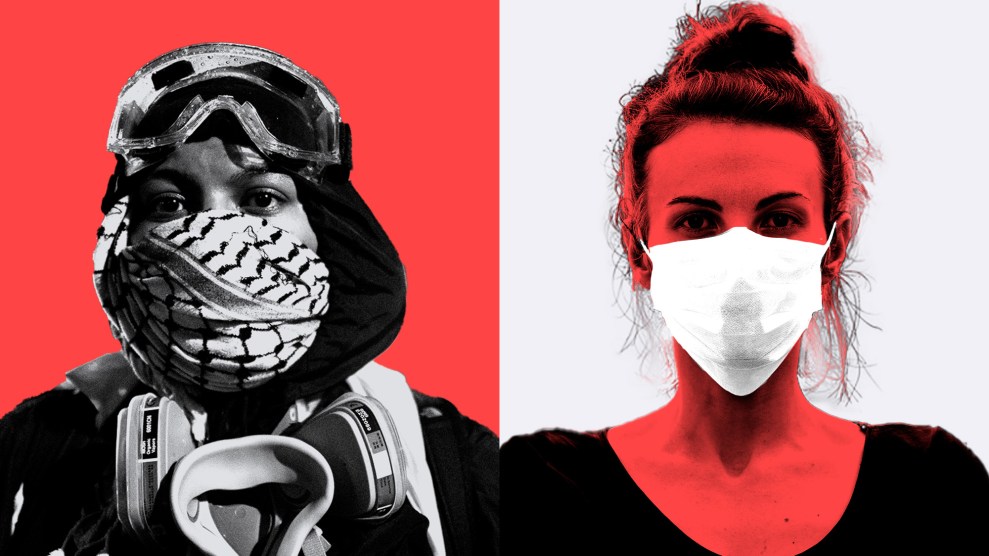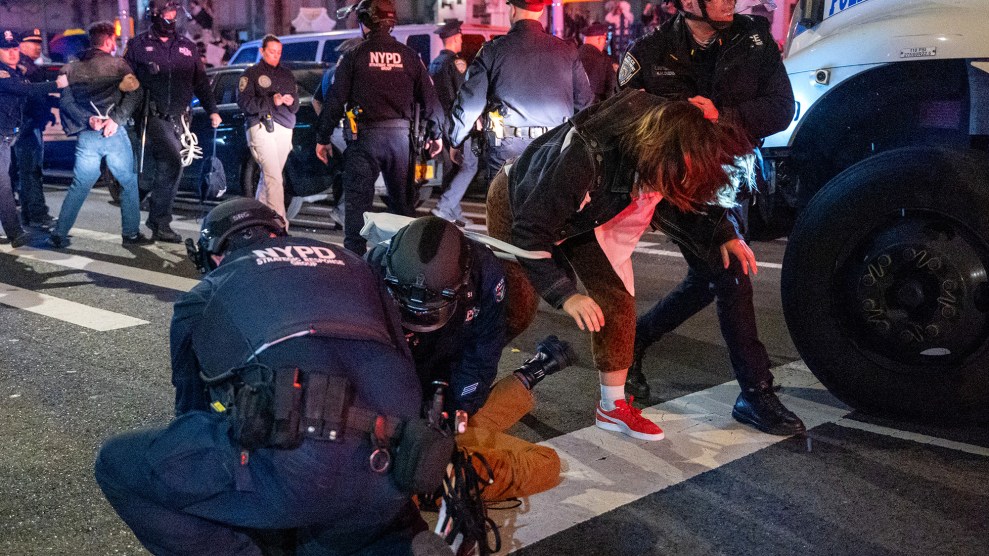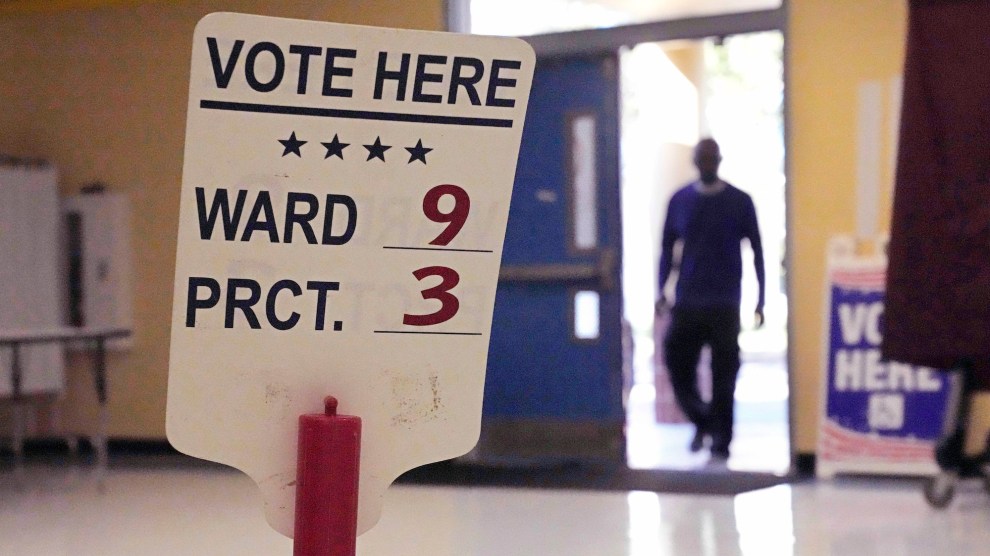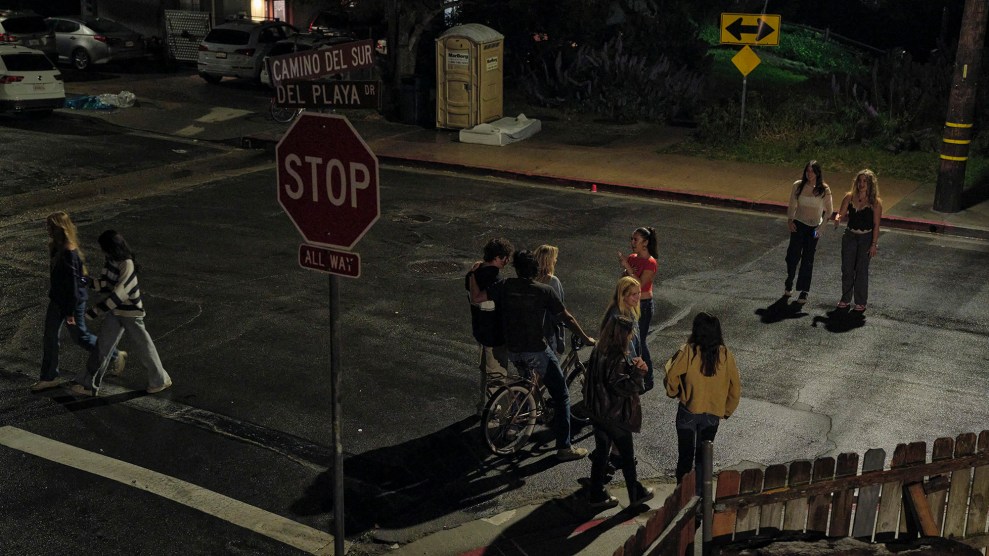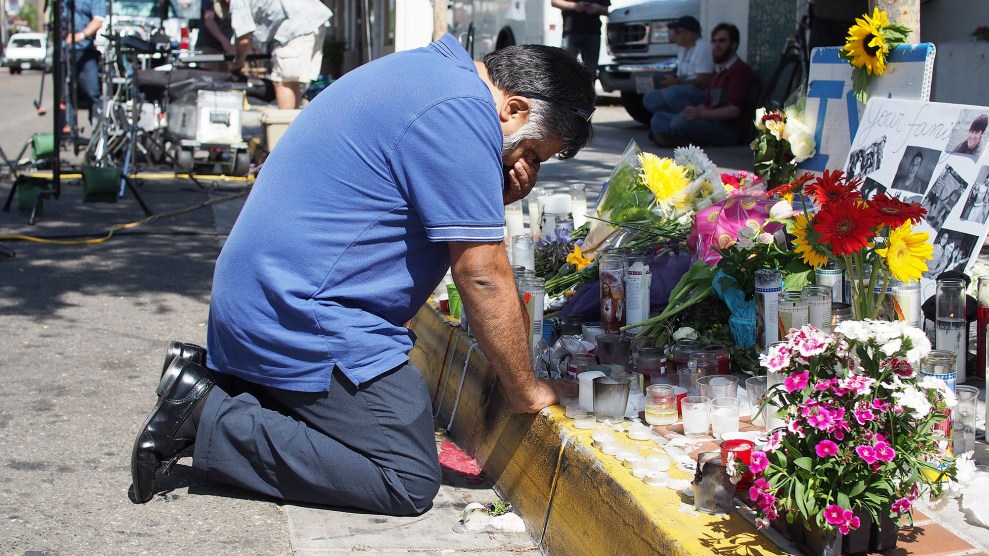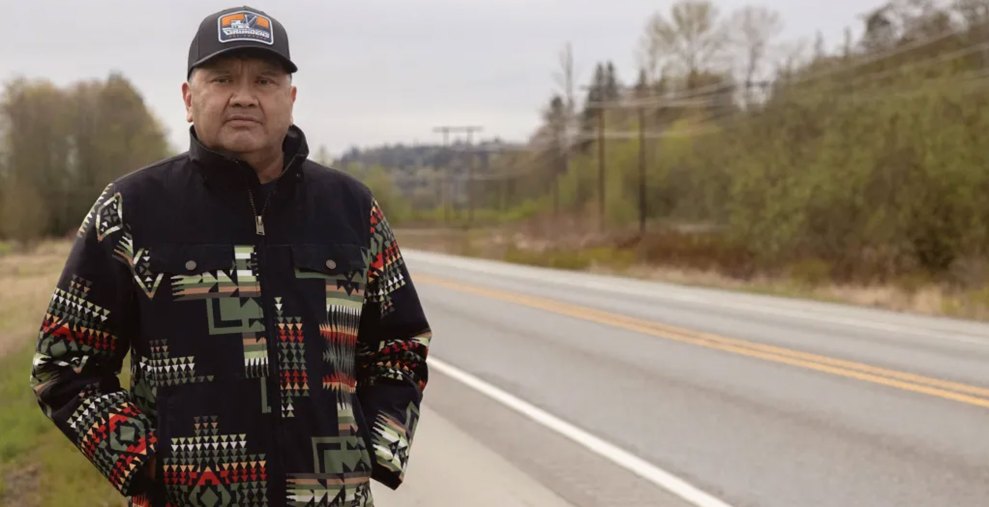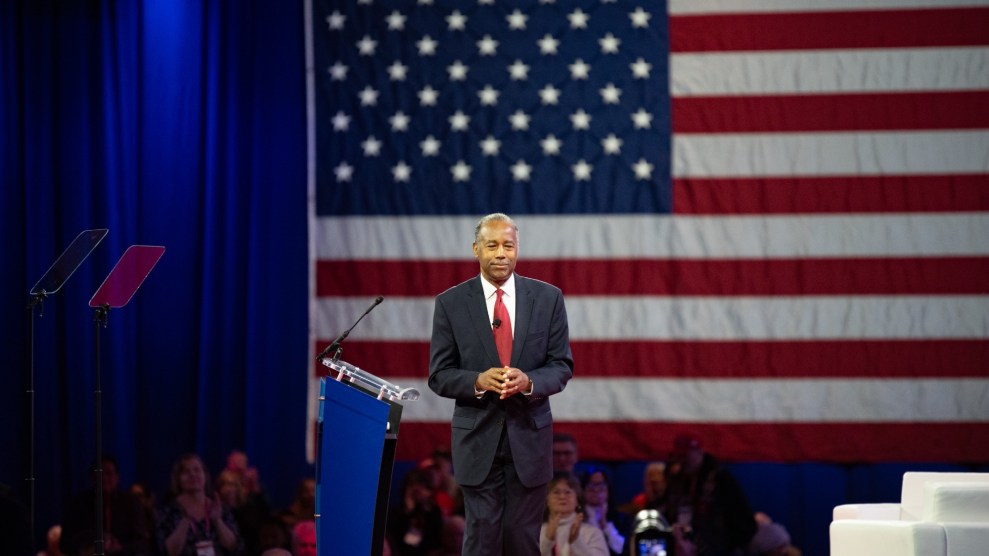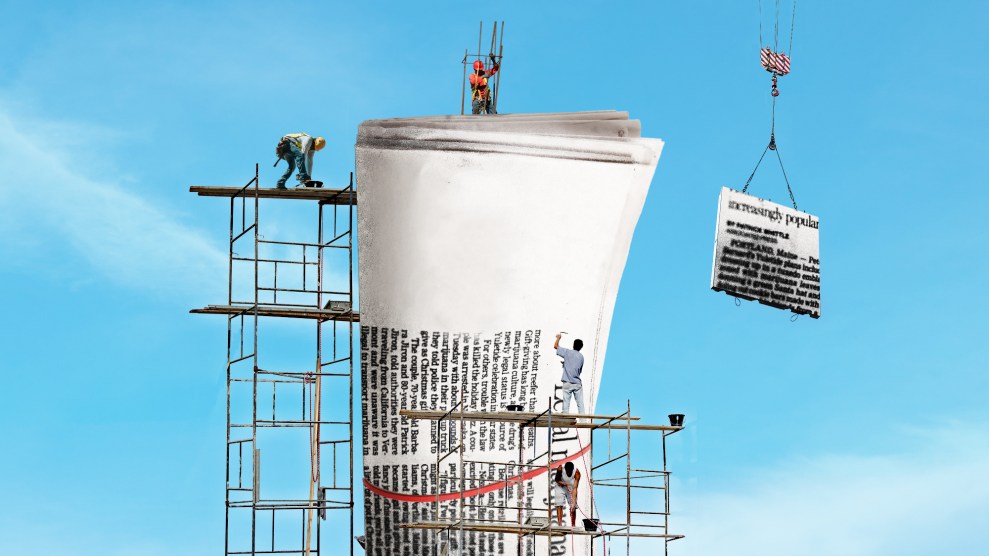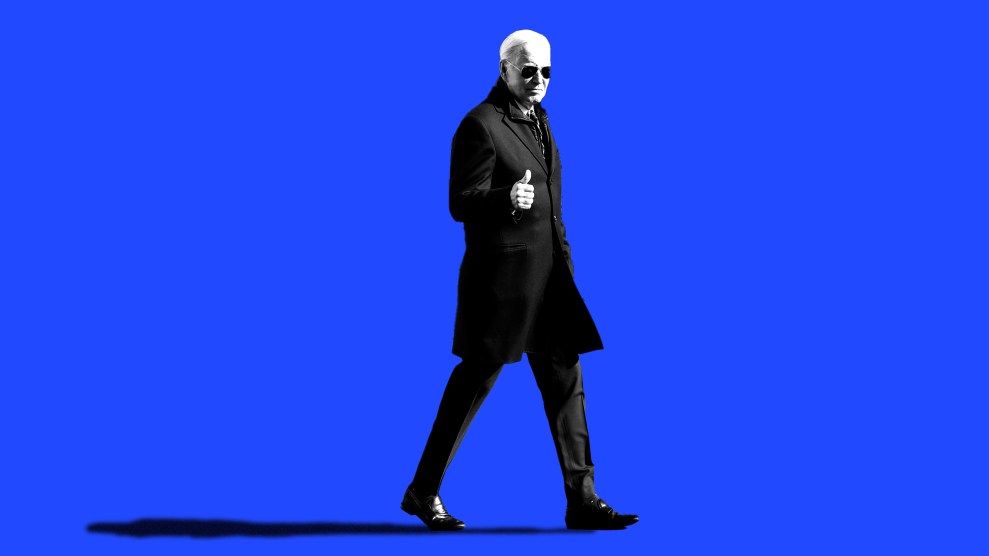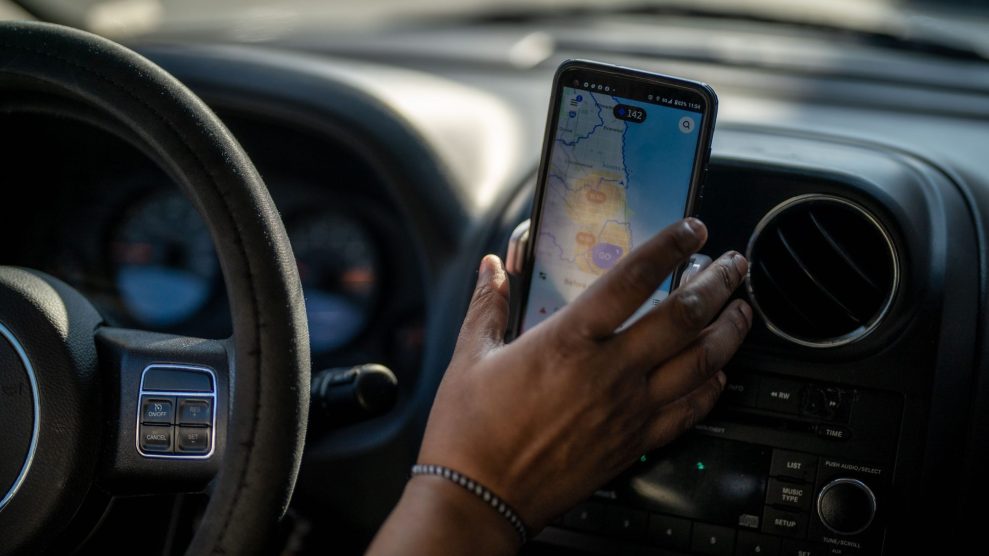
Chris Riha/ZUMA
Uber and Lyft will shell out $328 million in settlements to New York drivers after cheating them out of their fair pay for years, according to a settlement announced by the state Attorney General Letitia James’ office today.
Uber will pay the lion’s share of the settlement funds—$290 million—after taking sales taxes and fees for the Black Car Fund, a nonprofit that provides workers’ compensation insurance and health and safety programs, from drivers’ payments from 2014 to 2017 when those fees should’ve been paid by passengers, James’ office said. Lyft will pay the rest—$38 million—after doing the same thing but from 2015 to 2017.
Both companies also failed to provide drivers with the paid sick leave they had been entitled to under city and state law. Now, as part of the settlement drivers will receive paid sick leave of up to 56 hours of paid sick leave annually. The companies also agreed to pay drivers outside of New York City a minimum guaranteed hourly pay of $26 (drivers in the city already receive guaranteed minimum pay established by the Taxi and Limousine Commission). Drivers will also be able to appeal if they get deactivated from either app and will have access to in-app chat support in multiple languages by next year. Both companies officially deny any wrongdoing.
More than 100,000 New York drivers will be eligible to receive the settlement funds and benefits negotiated through the AG’s office, which are slated to take effect by February. The AG’s Office said eligible drivers can file claims to receive their funds, and that they’ll also receive notices with more information by mail, email, or text.
“For years, Uber and Lyft systematically cheated their drivers out of hundreds of millions of dollars in pay and benefits while they worked long hours in challenging conditions,” James said in a statement. “These drivers overwhelmingly come from immigrant communities and rely on these jobs to provide for their families. These settlements will ensure they finally get what they have rightfully earned and are owed under the law.”
Both Uber and Lyft called the settlement “a win for drivers.” But drivers elsewhere are still fighting for similar benefits those in New York just won, including in California, where a court ruled earlier this year that drivers in the state were independent contractors not entitled to full benefits (though they receive some). In Minneapolis, Mayor Jacob Frey in August vetoed minimum wages for rideshare drivers, a move that a city councilmember blasted as “an inexcusable betrayal of Minneapolis workers.”
For some New York drivers, the settlement comes as too little, too late. Malang Gassama, a former Uber and Lyft driver, said in the news release shared by the AG’s office that according to his calculation, he believes he missed out on at least $25,000 pay—a sum he said would have made a difference for his family had he received it earlier.
“With that money, I could have helped my wife open the business she dreamed about. I could have bought property and sent more money to my family back home in Africa. I could have kept my kids in the karate lessons they loved that we had to pull them from because we couldn’t afford the expense,” Gassama said. “Uber and Lyft stole those opportunities from my family and from the families of thousands of other New York City drivers.”
The thefts were first uncovered by drivers in 2015, who worked with attorneys at the New York Taxi Workers Alliance to bring it to the attention of the AG’s office.
We've waited eight long years to see justice for our members, a workforce that was cheated out of better living conditions, and timely meals and rest and leisure because the earnings that would have provided for that life were stolen by multi-billion dollar corporations!
— NY Taxi Workers (@NYTWA) November 2, 2023
As part of a separate settlement agreement with the state Department of Labor, announced today by Gov. Kathy Hochul, Uber also agreed to begin making payments to the state’s Unemployment Insurance Trust Fund, which funds benefits paid to unemployed workers.
